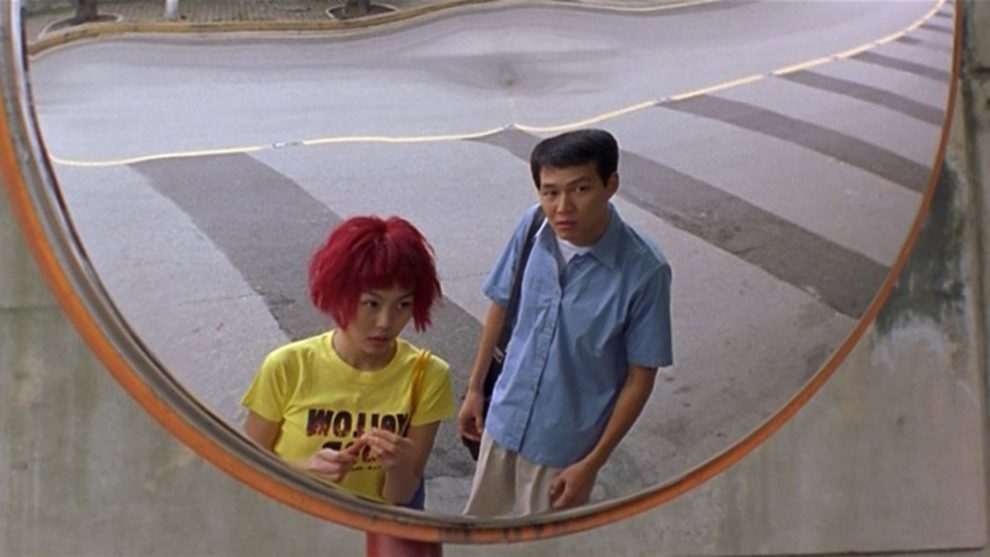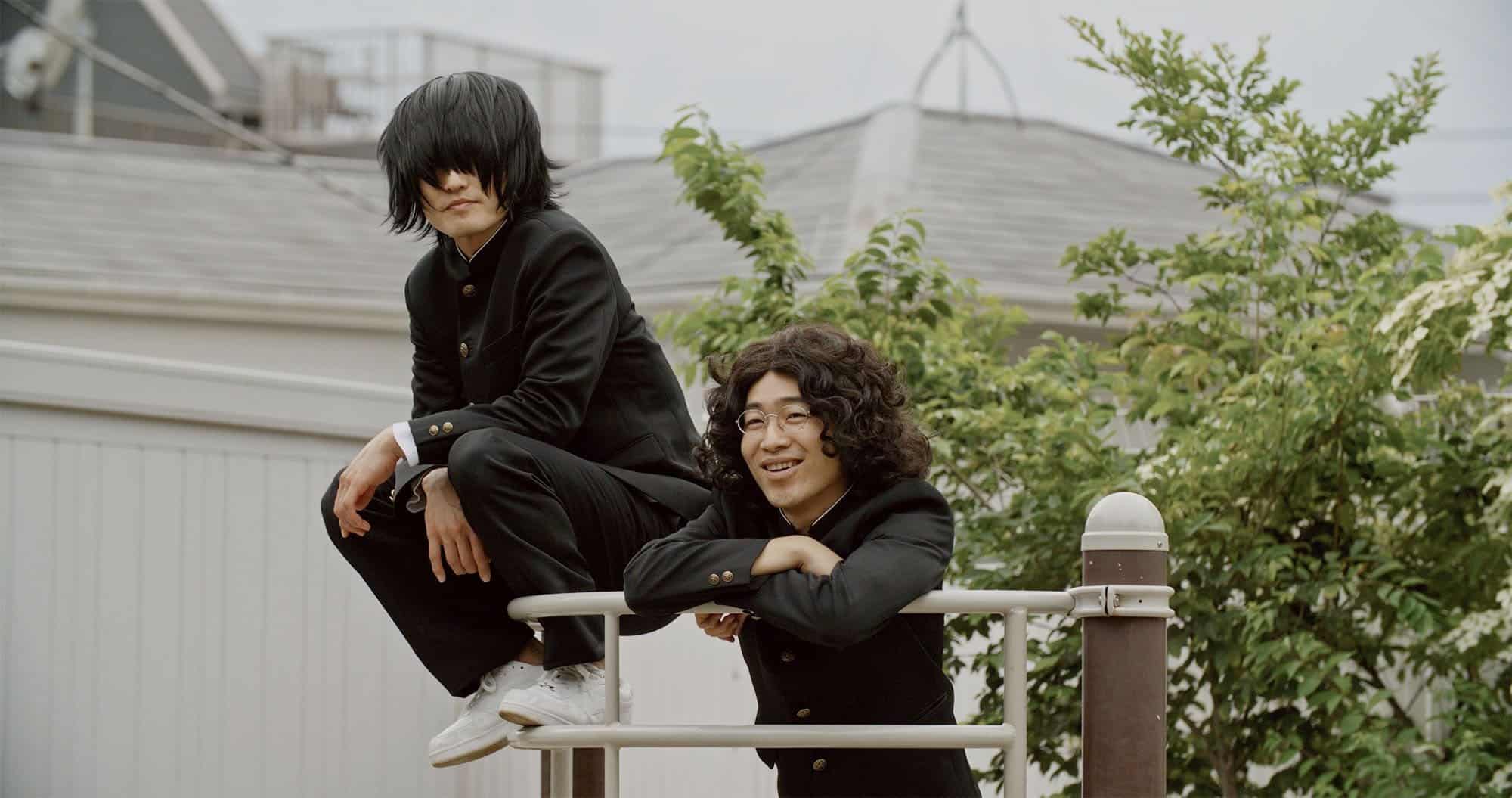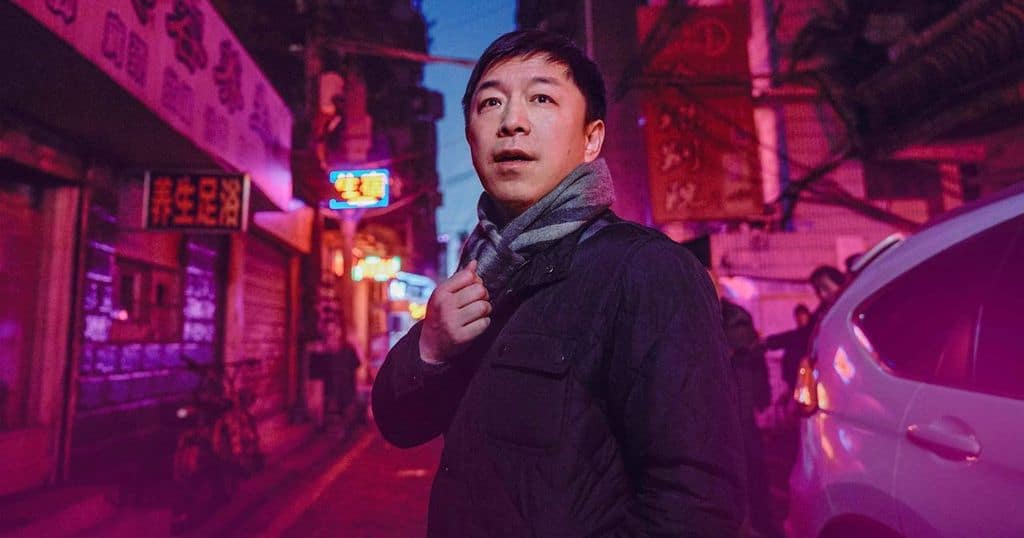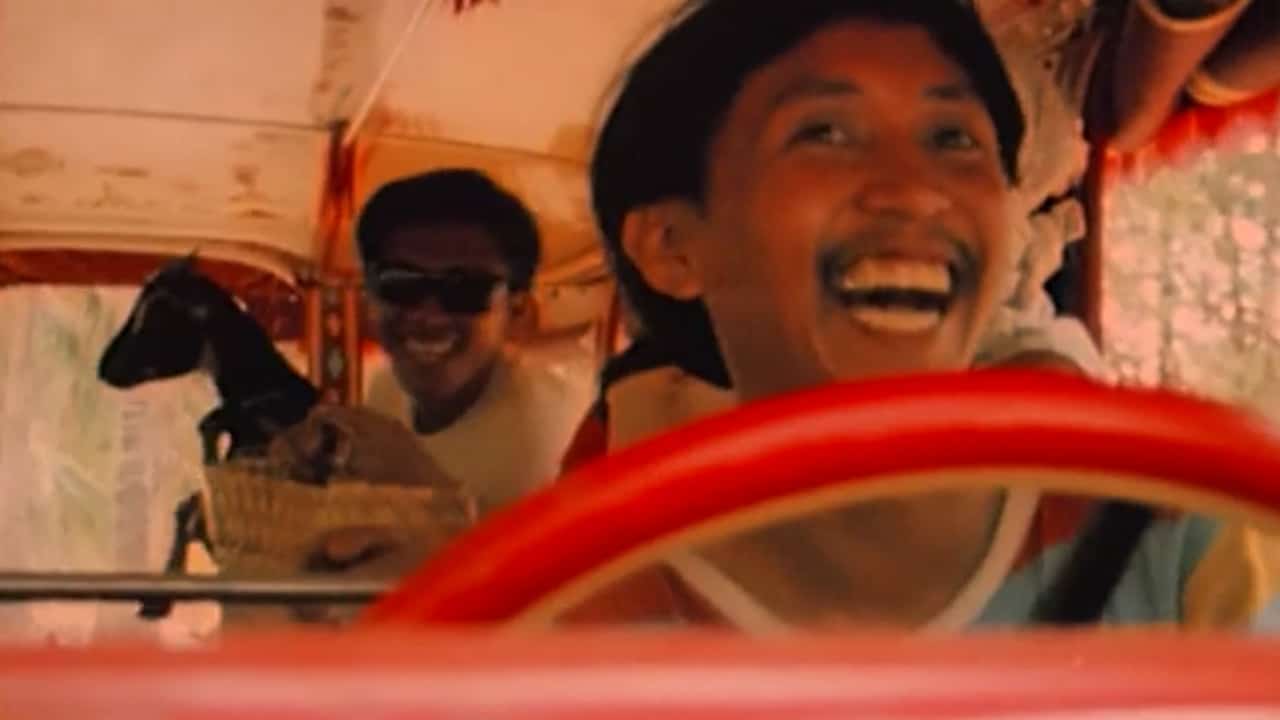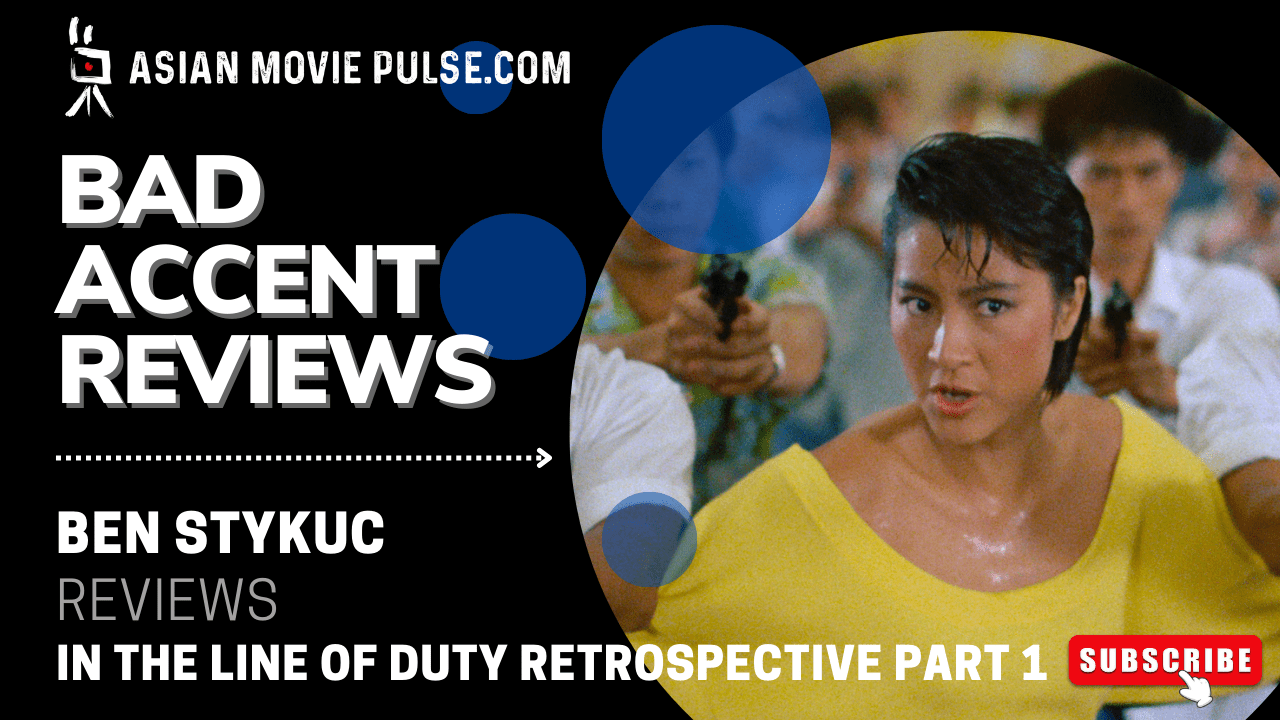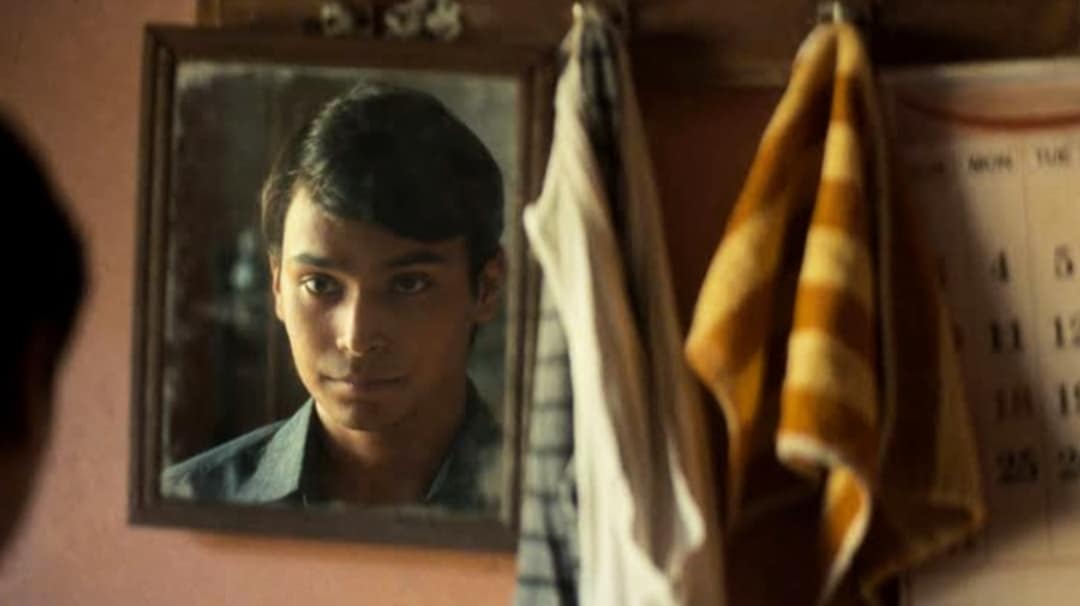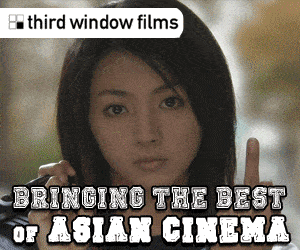Many years before “The Asian Angel” brought Korean and Japanese cast as protagonists in the same before, and even more years before Lee Jung-jae became an international star due to “Squid Game” and Kim Min-hee due to “The Handmaiden” and her collaborations with Hong Sang-soo, there was a film that managed to bring all these elements together, “Asako in Ruby Shoes”.
“Asako in Ruby Shoes” is screening at Florence Korea Film Festival
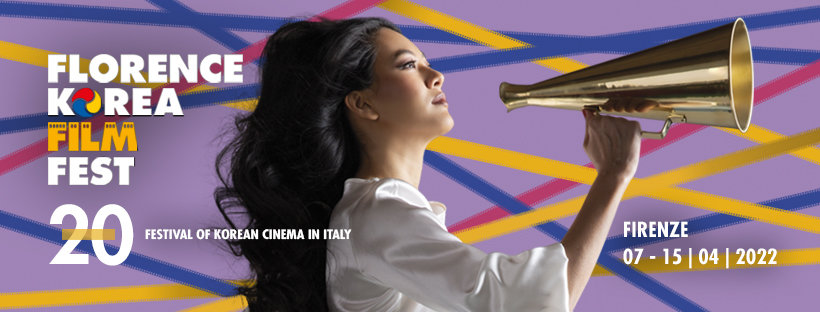
The story unfolds in two different settings, in S. Korea and Japan. In the first one, E U-in is a rather bored civil servant, who is unfulfilled in both his job and friendless and girlfriend-less life. He spends his nights cruising in porn sites, although in 2000, visiting them was an endeavor that demanded money he was not willing to give. His voyeurism does not stop there, however, but extends in his real life, as he frequently peeks on women in the bathrooms of the office he works in, an endeavor that eventually leads to an infatuation to the point of stalking, of Mia, a punkish red-haired woman, who soon realizes his wishes but shows no wish to deal with him in any way. One day, U-in receives a spam mail that eventually leads him to a website that asks him to type in the characteristics of the perfect woman for him, where he immediately proceeds on inserting Mia's. His choice however, leads him to the titular Asako, which brings us to the second setting of the movie.
Asako is a young Japanese woman, who, as the film begins, eloquently states that she plans on committing suicide in one month, by holding her breath across the International Date Line so as to confuse whether she died today or yesterday. During that month however, she manages to get a job at a health club, befriend Rie, a depressed coworker who frequents a dancing club and has a thing for Middle-Eastern men, get fired from her work, and start an online-camera model career in order to afford her trip to the International Date Line and fully pay for the titular shoes.

E J-yong directs a film that focuses on two young people whose life is going nowhere in any kind of regard, and the ways they use to overcome their boredom, while succumbing into a loneliness that no one seems to break. There are some differences between them however. E U-in seems to have no will to engage into any social connection, despite the efforts of various colleagues, with his obsession with porn and Mia leading him into a series of embarrassing situations, which, however, no one seems to realize. His peeping tendencies, his stalking, the way he tries in any way possible to avoid the hard parts of his work, add to a profile of a true loser, whose life seems to have no kind of meaning. It is however, a sample of Lee Jung-gae's charisma and overall acting, that he still manages to make such a buffoon appear likable, despite a series of actions that nowadays would probably lead him to public ridicule, not to mention prison.
Asako on the other hand, seems to be more composed, having some purpose in her life, even if their goals are not exactly ideal, and most importantly, seems eager to make some friends, something she actually achieves. At the same time, she emerges as even more likable than U-in, with her quirkiness (as exhibited in the shoe-buying scene for example) being truly adorable, and Misato Tachibana being delightful in the role. Both the characters, nevertheless, make a distinct comment on how consumerism was dominating the world at the time, with the shoes and the porn sites highlighting two different sides of the same coin.

The way two people from different countries end up connected is one of the most interesting and unique parts of the story, the two different settings work well as a narrative “trick”, while a number of episodes throughout the film emerge as hilarious. On the other hand, the intensely episodic approach of E J-yong emerges as quite tiresome after a point, with the surreal scenes,even if rather beautiful, not helping particular in that regard. In that regard, after a fashion, the story seems as lost as the main characters, essentially functioning as an effort to prolong the movie and nothing more. The twist about Mia is a distinct sample of this issue, while her whole arc also showcases how Kim Min-hee was not much of an actress at the time, but just a particularly beautiful woman. Furthermore, the secondary characters are not functional at all, which in the case of actors like Ren Osugi and Kimiko Yo, is a truly wasted opportunity considering their abilities. Lastly, Jung Yoon-Seup's editing implements a relatively slow pace that does not help particularly in terms of entertainment, although the switching from one setting to each works quite well.
On the other hand, Hong Kyeong-Pyo's cinematography is excellent, capturing the futility of the existence of the two protagonists in the most appealing fashion, while the voyeuristic and the surreal images are truly top notch.
The sum of the pros and cons of the movie lingers towards the first, even if not decidedly so, particularly due to the performances and the charisma of the protagonists, along with some rather entertaining episodes. The movie, though, shows its age, while its duration is not exactly ideal. There is fun to be had here, nevertheless, while film buffs will probably get a kick of seeing Lee Jung-jae and Kim Min-hee in the beginning of their career, under a whole different light than they are today.


